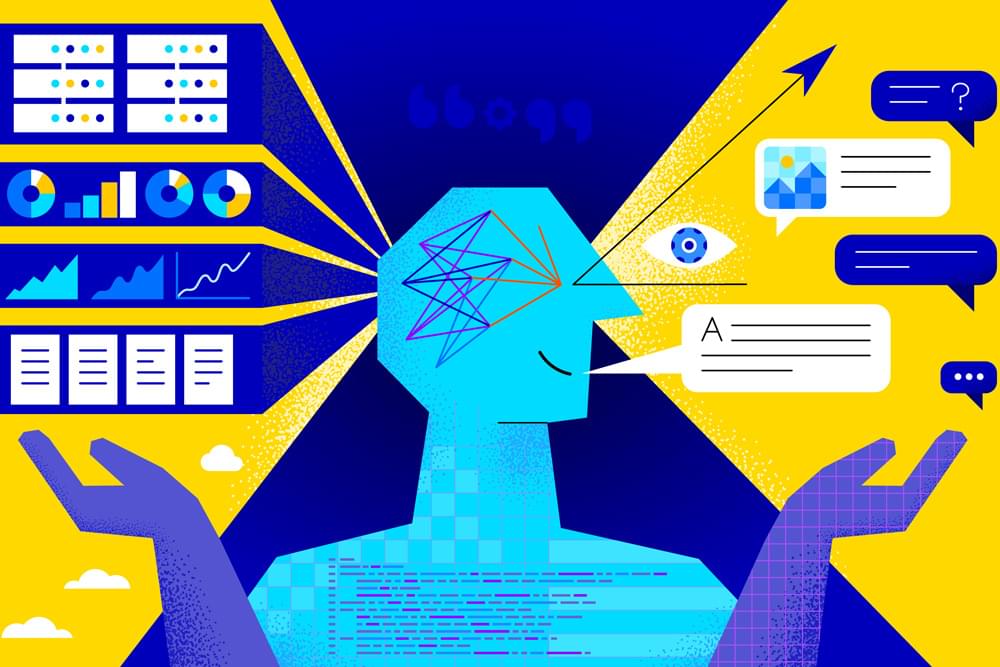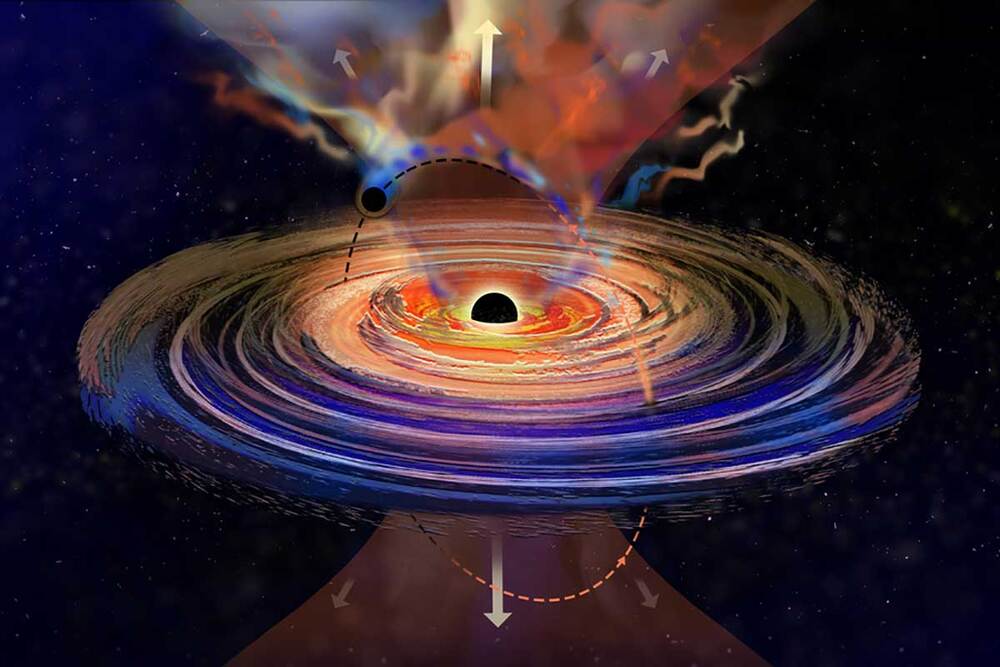IBM has created a quantum error-correcting code about 10 times more efficient than prior methods.






Diamond is a promising material for the biomedical field, mainly due to its set of characteristics such as biocompatibility, strength, and electrical conductivity. Diamond can be synthesised in the laboratory by different methods, is available in the form of plates or films deposited on foreign substrates, and its morphology varies from microcrystalline diamond to ultrananocrystalline diamond. In this review, we summarise some of the most relevant studies regarding the adhesion of cells onto diamond surfaces, the consequent cell growth, and, in some very interesting cases, the differentiation of cells into neurons and oligodendrocytes. We discuss how different morphologies can affect cell adhesion and how surface termination can influence the surface hydrophilicity and consequent attachment of adherent proteins.


These two chips might be the key to developing sophisticated brain-computer interfacing.
Scientists from the University of Electronic Science and Technology of China claim to have developed the world’s most energy-efficient artificial intelligence AI microchips that are small enough to fit inside smart devices and could open doors for innovative offline functions like voice and even mind control.
Generally, AI chips that are designed for heavy tasks often require significant power because of high computational demands, which limits their use in real-world scenarios. Professor Zhou Jun and his team managed to significantly reduce power consumption through algorithm and architectural optimization.

Columbia engineers build Emo, a silicon-clad robotic face that makes eye contact and uses two AI models to anticipate and replicate a person’s smile before the person actually smiles — a major advance in robots predicting human facial expressions accurately, improving interactions, and building trust between humans and robots.
Learn more about the game and see it in action at https://upperstory.com/turingtumble/?utm_source=YouTube&utm_medium=XXXXUse the coupon code ISAACARTHUR for…